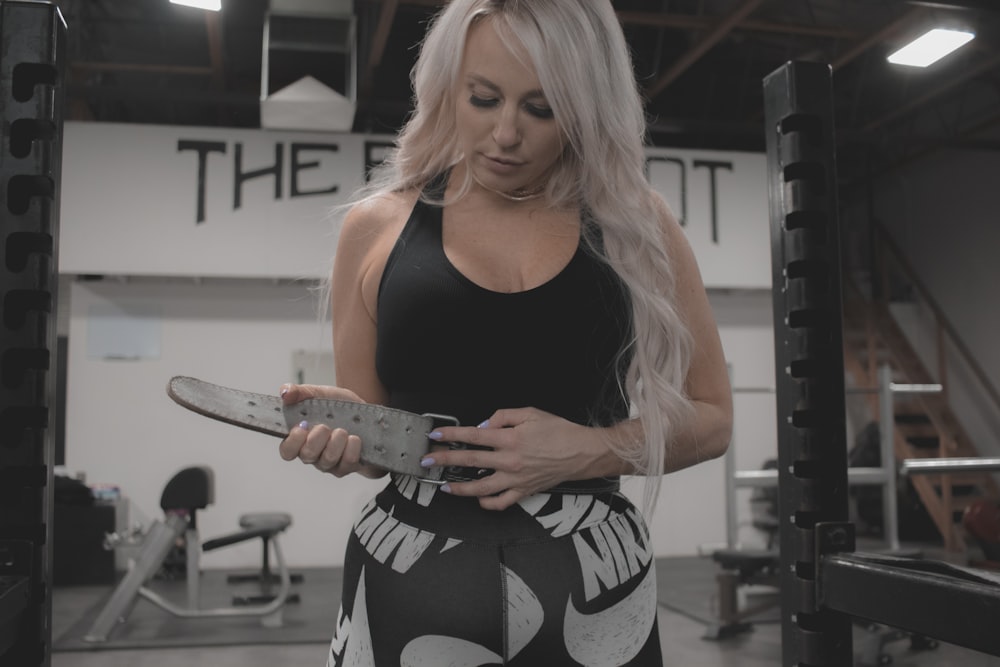
Killer Home Dumbbell Workout No Gym Needed!
Warm-up: Getting Your Body Ready
Before you even think about lifting those dumbbells, it’s crucial to warm up your muscles. A good warm-up prevents injuries and prepares your body for the workout ahead. Start with five minutes of light cardio, like jumping jacks, high knees, or jogging in place. Then, perform some dynamic stretches, such as arm circles, leg swings, and torso twists. These stretches increase your range of motion and get your blood flowing to your muscles. Remember, a proper warm-up is essential for a safe and effective workout.
Bicep Blast: Sculpting Your Arms
Let’s target those biceps! Start with bicep curls. Hold a dumbbell in each hand, palms facing upwards. Keeping your elbows close to your sides, curl the dumbbells towards your shoulders, squeezing your biceps at the top. Slowly lower the dumbbells back to the starting position. Aim for 3 sets of 10-12 repetitions. For an added challenge, try hammer curls, where your palms face each other throughout the exercise. This variation works slightly different muscle fibers.
Tricep Triumph: Shaping the Back of Your Arms
Now it’s time to work on your triceps. Overhead tricep extensions are a great exercise. Hold a single dumbbell with both hands, extending it overhead. Keeping your elbows close to your head, lower the dumbbell behind you by bending your elbows. Extend your arms back up to the starting position, focusing on squeezing your triceps. Perform 3 sets of 10-12 repetitions. You can also try skullcrushers, lying on your back and performing the same movement, but with your elbows tucked in close to your head.
Shoulder Power: Building Strength and Definition
Strong shoulders contribute to a well-balanced physique. Dumbbell shoulder presses are a fantastic exercise for this area. Hold a dumbbell in each hand, palms facing forward, and raise the dumbbells straight overhead until your arms are fully extended. Slowly lower the dumbbells back to the starting position. Do 3 sets of 10-12 repetitions. For a variation, try lateral raises, lifting the dumbbells out to the sides until they’re parallel to the ground, engaging your lateral deltoids.
Chest Crusher: Defining Your Pecs
Dumbbells are also great for working your chest muscles. Lie on your back with your knees bent and feet flat on the floor. Hold a dumbbell in each hand, and lower the dumbbells out to the sides until they’re slightly below your chest. Keep a slight bend in your elbows and then press the dumbbells back up to the starting position. This is the classic dumbbell bench press. Aim for 3 sets of 10-12 repetitions. To modify the exercise, you can decrease the weight to make it easier or increase the weight to make it more challenging.
Leg Lifts and Lunges: Toning Your Legs
Don’t forget your legs! While dumbbells aren’t ideal for heavy leg work like squats, they can still be effectively used to target specific leg muscles. Dumbbell lunges are excellent for strengthening your quads, glutes, and hamstrings. Hold a dumbbell in each hand and step forward with one leg, lowering your body until both knees are bent at a 90-degree angle. Push back up to the starting position and repeat with the other leg. Aim for 3 sets of 10-12 repetitions per leg. You can also add dumbbell side lunges or walking lunges to target different muscle fibers.
Back Builders: Strengthening Your Posterior Chain
A strong back is crucial for posture and overall strength. While you can’t replicate heavy barbell rows with dumbbells, you can still perform dumbbell rows to work your back muscles. Place one knee and one hand on a bench, keeping your back straight. Hold a dumbbell in your other hand, and pull it towards your chest, squeezing your back muscles. Lower the dumbbell back to the starting position. Do 3 sets of 10-12 repetitions per side. This is a great way to engage your lats and rhomboids.
Core Conditioning: Strengthening Your Midsection
A strong core is essential for stability and overall fitness. While not directly using dumbbells, you can incorporate core exercises into your routine. Plank holds are an excellent way to strengthen your core muscles. Hold a plank position, keeping your body in a straight line from head to toe, for as long as you can comfortably maintain good form. Rest and repeat for a total of 3 sets. You can also do side planks to target your obliques. Remember, a strong core is vital for overall fitness.
Cool-Down and Stretching: Ending Your Workout
After your workout, take some time to cool down and stretch. This helps reduce muscle soreness and improve flexibility. Five to ten minutes of light cardio, followed by static stretches, holding each stretch for 20-30 seconds, will leave you feeling relaxed and refreshed. Remember to stretch all the major muscle groups you worked during your workout, including your







